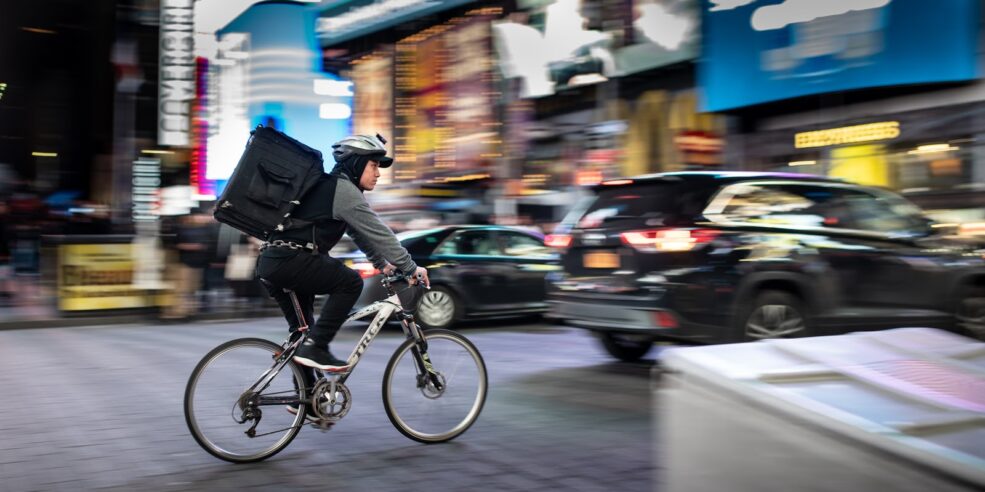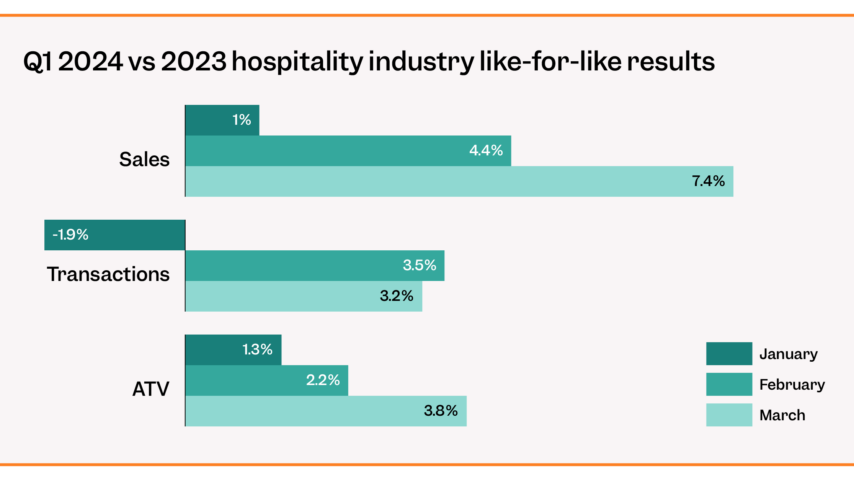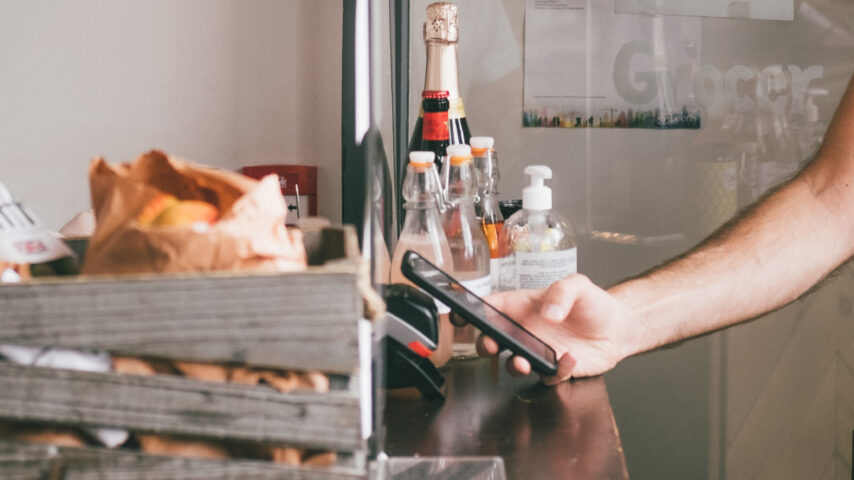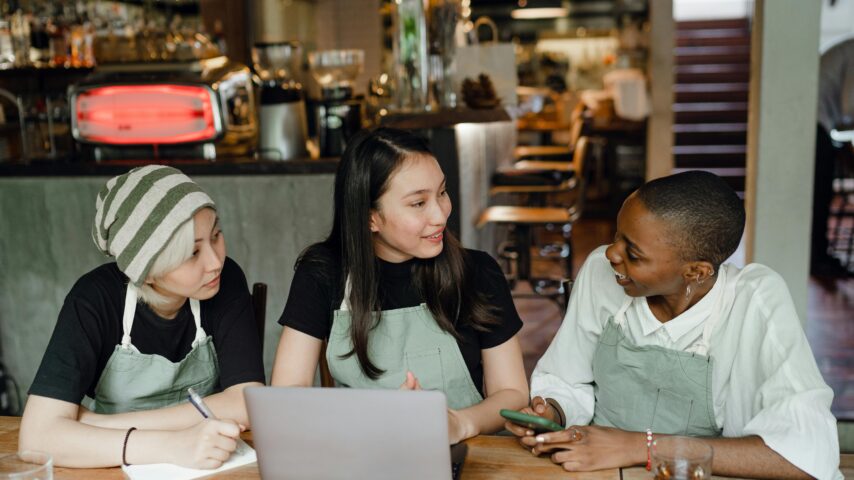At time of writing, the majority of Europe and a number of US States have asked restaurants to close their doors to customers to stop the spread of Covid-19. They have, however, allowed delivery and takeaway to continue as normal as long as proper social-distancing measures are followed – so we’ve looked into the delivery-focused restaurant model.
The good news is, according to the CGA, more than 50% of people are using or planning to use delivery and takeaway services during the crisis. So if your business can safely run as a delivery model, it’s definitely time to give it a go. For F&B businesses who haven’t done it before (including pubs who are also allowed to deliver food and drinks), here are a few tips to get you started in the delivery game.
Picking the right dishes
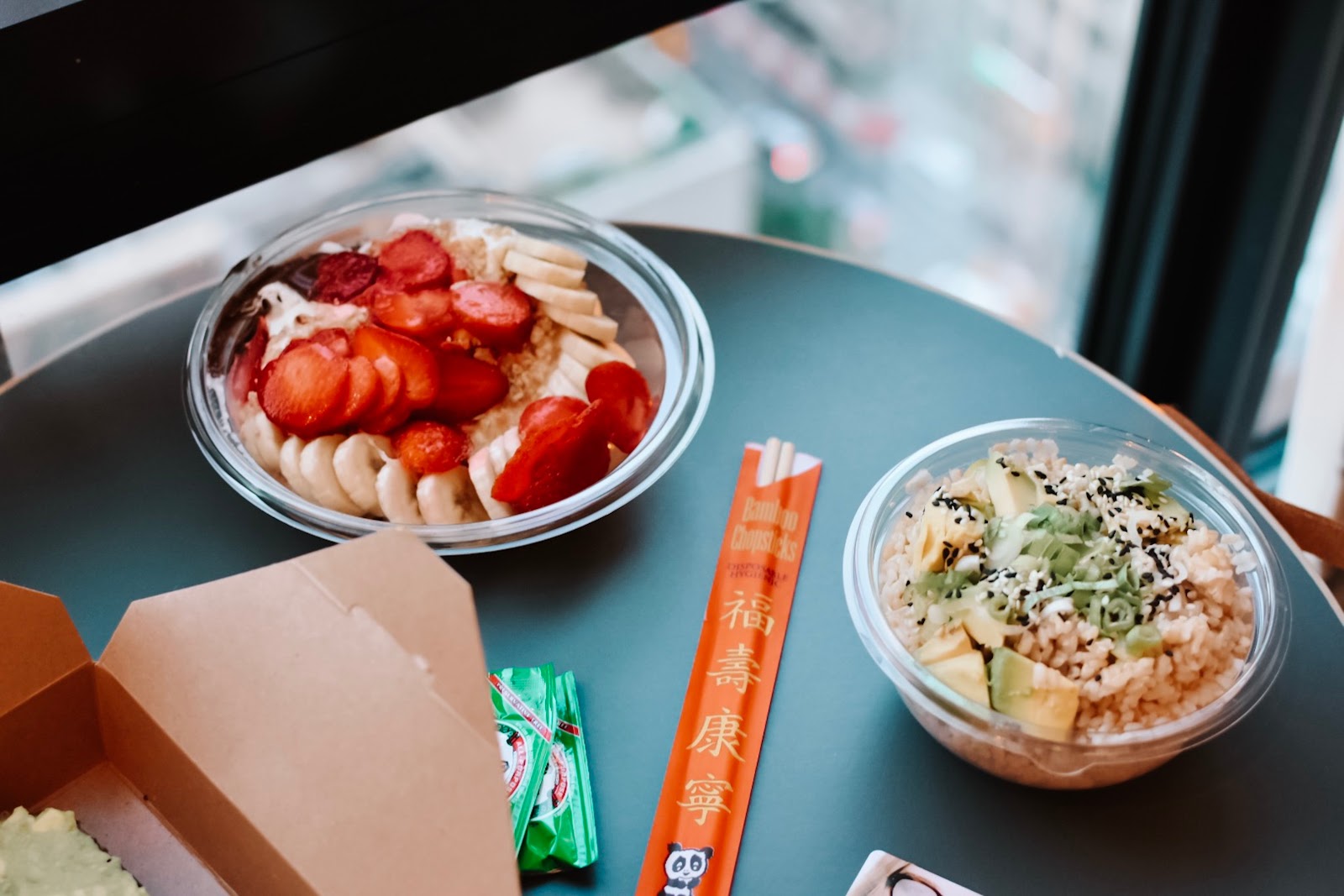
The first thing you need to consider is your menu. Slimming choices down to a few winning dishes that share the same ingredients is the best way of cutting down your cost of goods sold.
When choosing what dishes to include, remember to consider how travel will affect their integrity. Food that gets overcooked – poached eggs, rare steak – or mushy – avocado toast – after a few minutes in a Tupperware are no-goes. If it isn’t ruined by transportation, go for it.
Make the most of what you have
Consider creating dishes around the ingredients that you already have, to help prevent food waste. Now is the time to clear the fridges and freezers of whatever you have been holding on to.
If, however, you think it’s unlikely that you will get through your stock, remember that apps like Too good to go and Karma offer a way to offload extra food while still taking in some revenue. You might also consider donating extra food to key workers or vulnerable children like Pizza Pilgrims and Qoot have done.
Talk to your suppliers
Suppliers are having as hard a time as anyone right now – talk to them about what stock they are having trouble offloading – build dishes around these ingredients: you can negotiate great prices, help your suppliers to make some money, save food waste, and offer great value to customers all at the same time.
Now is a time to innovate
A crisis often creates lots of new opportunities and sudden cultural change means many new needs are being created. This may be a chance to offer something new.
For example, remember that you don’t only have to sell cooked food! You might find frozen food that customers can cook at home whenever they need it to be some of your most popular items. A lasagne that can be bunged in the oven when homeschool and work are over could be a lifesaver.
Also, consider delivering kits that include all the ingredients needed to make your most popular dishes. The Cheese Bar have even created a self-isolation kit including wine, charcuterie and cheese that they deliver to your doorstep!
Think about how the crisis has created unmet demand – can you create a delivery menu that will serve these needs?
Look at your data to learn fast
Once you’ve decided on a menu, don’t forget to look at your sales data to see what dishes customers are gravitating to. If you have a dish that no one is ordering, it makes no sense to keep the ingredients in stock if you’re not going to use them. Be brutal. and cut under-performing dishes and stock up on your most popular items instead.
Choose the right packaging
Don’t forget that you’ll need packaging for your deliveries. For consistency, make sure to choose products that fit your brand aesthetic and cuisine. Think carefully about what sizes and shapes to order – packaging needs to fit the portion size and the type of food being transported. Go for a sustainable brand like Green Man Packaging who produce eco-friendly and compostable containers – this will benefit your brand and your conscience.
Staffing
A difficult question is what to do about staffing. Unfortunately, to have any chance of making money in the current climate, your operations will need to be as bare bones as possible. Not to mention that having a crowded kitchen at the moment would directly contradict government advice to keep at least 2 metres (6 feet) away from other people.
Realistically, your front-of-house staff won’t be of much help at the moment and back-of-house will need far less people than a usual dining rush. Be aware of exactly how many people you need to function and stick to that number.
Social media awareness
Make the most of your social media channels. Your followers are your most loyal customers and letting them know about new delivery efforts will serve as very effective (and free) advertising. Post which platforms you’re on, what dishes you’re serving and maybe even some fun videos of the team.

Social media is also a great way to show what safety measures you’ve taken to keep your customers and staff as safe as possible. It might seem trivial but just posting pictures of your cleaning products can go a long way in making your customers feel comfortable with the steps you’ve taken.
Advertising
Reach people outside of your follower-base by using localised adverts on social media and search engines. It’s super easy to set up ads if you already have a business Facebook account and their targeting settings allow you to choose exactly who you want to attract. Another plus is that Facebook have set aside $100 million in ad credits and cash grants to help SMEs who have been affected by the virus. Find out more about the programme here.
Google search ads are also a good bet as people look to branch out to new restaurants now that businesses such as McDonald’s, Burger King, Pret and Greggs have closed entirely. Targeting keywords such as ‘delivery near me’ and ‘[insert cuisine] restaurant that delivers’ could bring a whole new demographic of customers. Implementing this strategy also has long-term value as creating more awareness of your business now will translate to more customers once everything goes back to normal.
Third-party delivery platforms
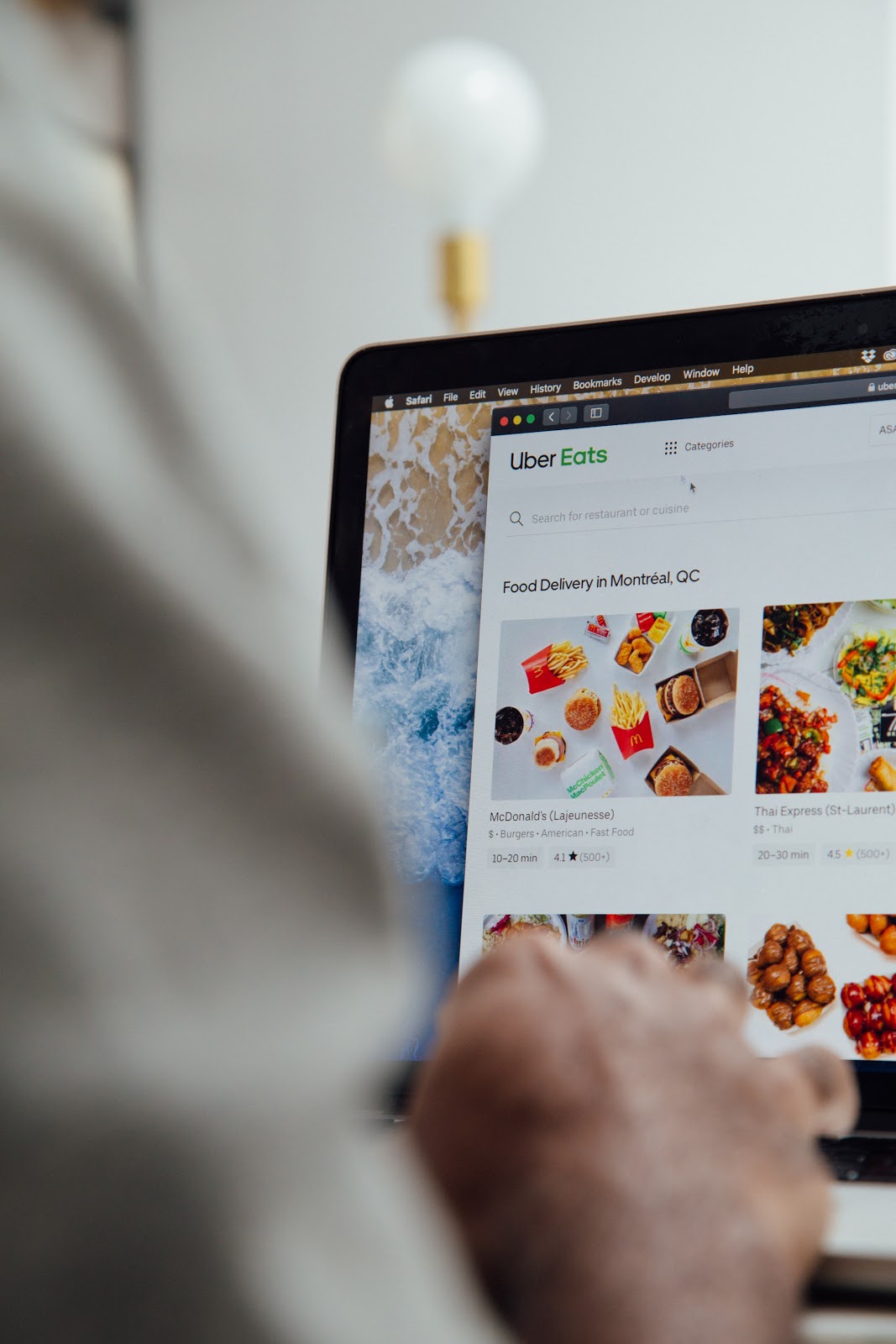
If you’re not already using these platforms (Deliveroo, UberEats, JustEat, Seamless, etc), it’s time to sign up. Nowadays, finding food for delivery is as easy as a quick scroll down one of these platforms’ pages, and sadly if your restaurant isn’t there, there are 10 others to fill in the gap.
Luckily, these companies are aware of the financial impact Covid-19 is having on restaurants. In response, UberEats has waived delivery and activation fees and have implemented a fast-tracked onboarding process. JustEat are offering a commission rebate of ⅓ on all commissions paid to Just Eat and collection commissions will be scrapped completely. Deliveroo have also just announced that they will make cash from delivery available to restaurants within 24 hours.
And if you’d like to send all your third-party orders straight to your existing point of sale, Deliverect have waived all set-up and activation fees and made all subscription plans monthly with ability to cancel anytime.
Conclusion
This is undoubtedly a very difficult time for restaurants. But if you’re choosing to continue trading as delivery-only sites, hopefully these tips can help get you started. It’s also worth mentioning that food delivery is helping alleviate the enormous strain on supermarkets at the moment and allows those who cannot cook for whatever reason to still enjoy hot meals.
This post will be updated as more information is available. In the meantime, Tenzo customers have Tenzo’s full support. If you wish to speak to anyone here about your business and delivery, please don’t hesitate to reach out via [email protected].
